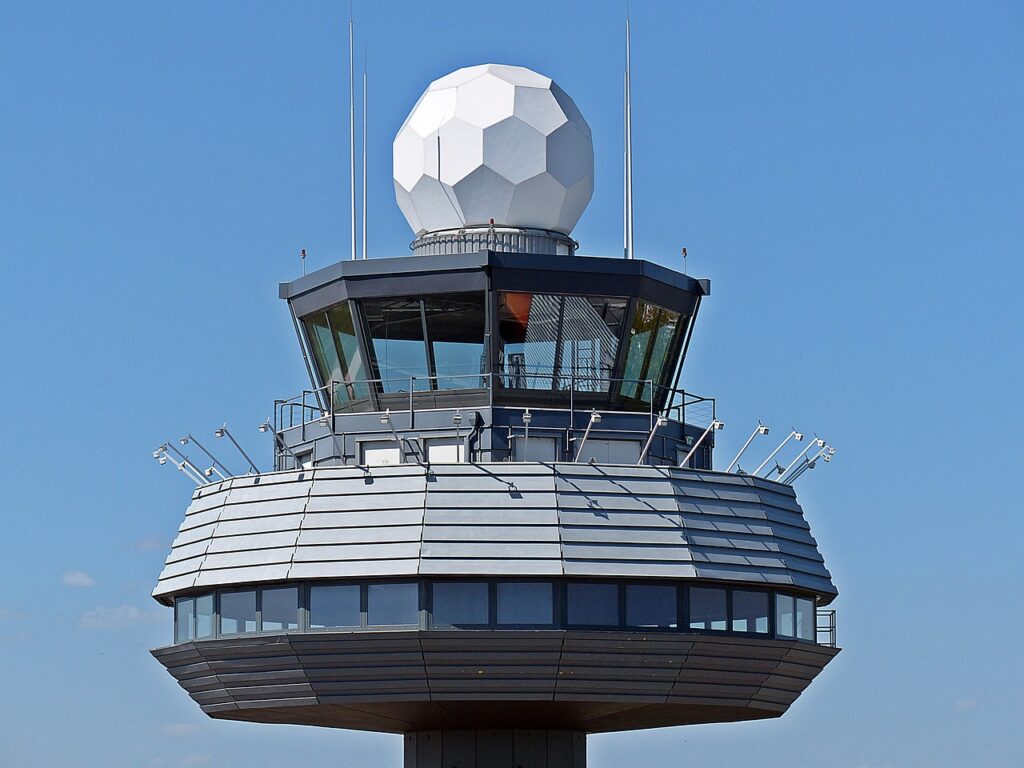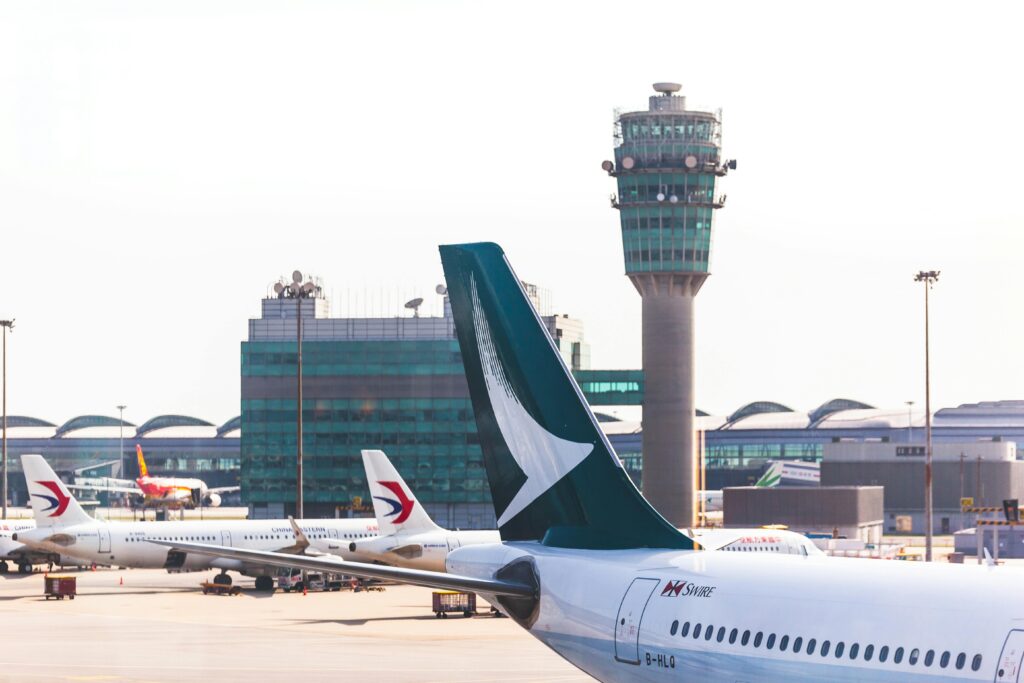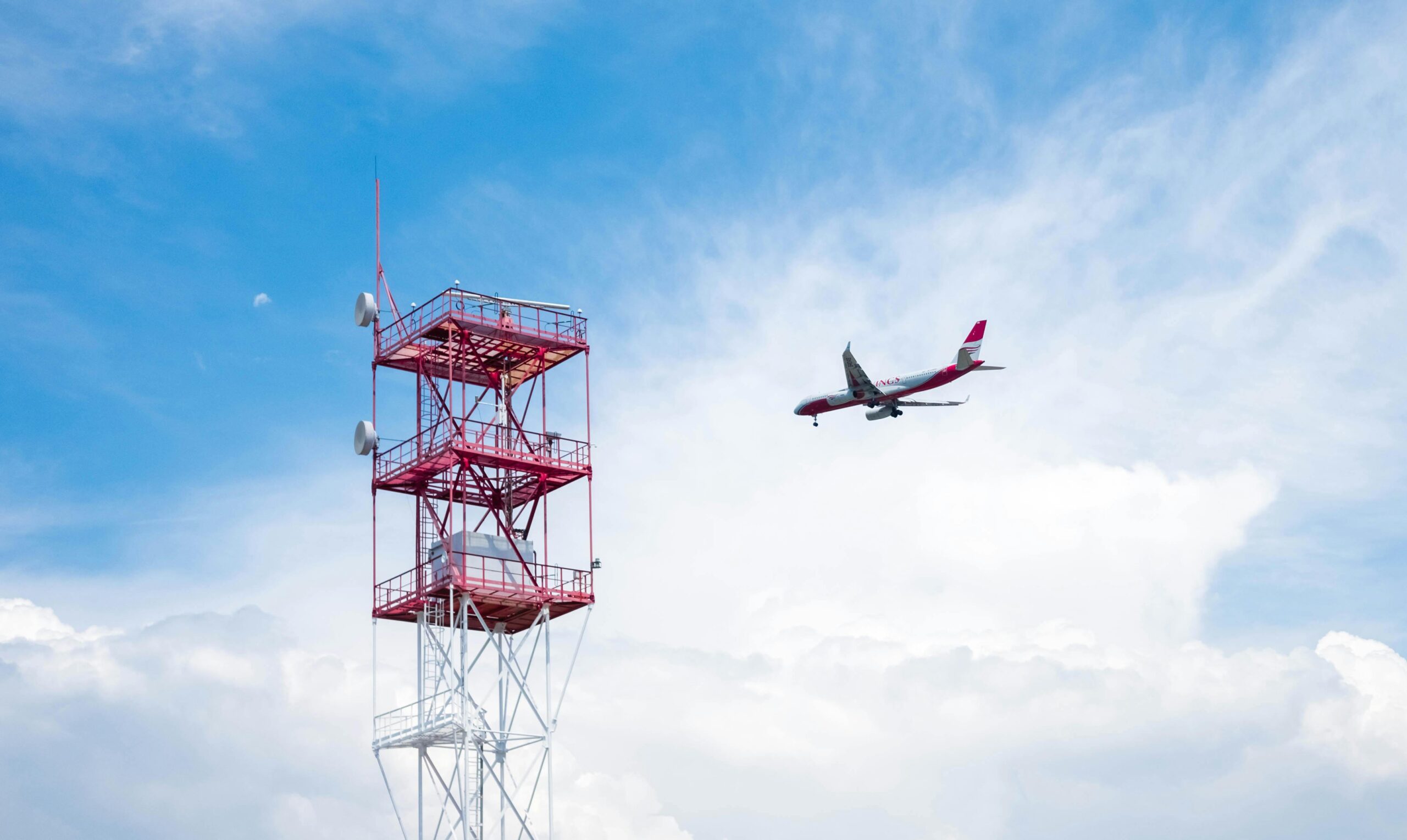As air travel continues to rebound and passenger expectations evolve, recent remarks from the United Airlines CEO have reignited a long-standing debate about the Federal Aviation Administration’s (FAA) ability to keep pace with modern demands. In a pointed critique, the CEO outlined three critical areas where Americans deserve better—a call for a comprehensive overhaul that extends well beyond the traditional focus on safety alone. This article dives deep into the issues raised, examines additional underlying challenges, and explores the potential pathways for meaningful reform.

The State of American Aviation: Outdated Systems Meet Evolving Demands
For decades, the FAA has been at the helm of managing the nation’s airspace and ensuring aviation safety. However, much of its infrastructure—including air traffic control (ATC) systems—is rooted in technology designed for a bygone era. With the implementation of the NextGen program intended to modernize air traffic management, progress has been slow, impeded by funding shortfalls, bureaucratic inertia, and technical hurdles.
In today’s environment, where global travel volumes and technological innovation are at an all-time high, the disconnect between legacy systems and modern demands has become increasingly apparent. Outdated equipment and protocols not only contribute to delays and inefficiencies but also limit the system’s ability to integrate new technologies such as drones, electric aircraft, and advanced cybersecurity measures.
The Three Pillars of Improvement: A Closer Look
The United Airlines CEO’s critique zeroed in on three main areas, each of which is crucial for elevating the overall air travel experience.
1. Modernization of Air Traffic Control Technology
At the heart of the issue is the need to upgrade the nation’s air traffic control systems. Modern digital technologies can streamline the routing of flights, reduce fuel consumption, and significantly cut delays. While the FAA’s NextGen initiative promises a future of satellite-based navigation and real-time data exchange, the slow pace of adoption and integration remains a pressing concern.
Key considerations include:
- Real-Time Data Integration: Enhanced communication between aircraft and ground control can improve safety and efficiency.
- Automation and AI: Leveraging automation to predict traffic patterns could allow for smoother, more adaptive airspace management.
- Legacy System Replacement: Phasing out decades-old hardware in favor of scalable, modern solutions that can handle increasing air traffic volumes.
2. Regulatory Reforms and Efficiency Improvements
Beyond technology, the regulatory framework itself must evolve. The CEO’s comments underscore a need for streamlined processes that reduce bureaucratic delays and foster innovation. Current policies, often designed around past challenges, can stifle new ideas and impede rapid response to emerging issues.
Important facets of reform include:
- Policy Modernization: Updating regulations to reflect today’s technological landscape and competitive pressures.
- Flexible Oversight: Allowing for more agile decision-making that can accommodate rapid technological changes while maintaining safety standards.
- Stakeholder Collaboration: Creating avenues for airlines, technology providers, and regulatory bodies to work together in setting standards that benefit all parties.
3. Enhanced Passenger Experience and Consumer Rights
While safety remains paramount, passenger experience has emerged as a critical battleground. Delays, inefficient processes, and communication breakdowns can tarnish the travel experience and erode public trust. Modernization isn’t just a technical or regulatory issue—it’s about ensuring that air travel meets the expectations of today’s consumer.
Enhancements that could redefine the passenger experience include:
- Streamlined Operations: Improved scheduling and faster turnaround times to minimize delays.
- Transparent Communication: Real-time updates and clear protocols that empower travelers with information during disruptions.
- Stronger Consumer Protections: Clearer policies that address compensation, rebooking, and customer service, ensuring that passengers are treated fairly when disruptions occur.

The Broader Implications of FAA Reform
The ripple effects of modernizing the FAA’s operations extend well beyond punctual flights. Effective reform promises to:
- Boost Economic Efficiency: Reduced delays and fuel savings can translate into lower operational costs for airlines and, ultimately, more competitive fares for passengers.
- Enhance Environmental Sustainability: Smoother, more efficient flight paths cut down on fuel burn and emissions, contributing to a greener aviation sector.
- Increase Global Competitiveness: A modernized FAA can serve as a model for innovation, positioning the U.S. as a leader in the global aviation market and potentially paving the way for international collaboration on airspace management.
Overcoming the Hurdles: Funding, Workforce Training, and Cybersecurity
While the need for reform is clear, the challenges are equally formidable:
- Funding and Investment: Modernizing ATC systems and overhauling regulatory structures require significant financial resources. Public–private partnerships could be instrumental in bridging the investment gap.
- Workforce Transformation: A modern system demands a workforce equipped with new skills. Investing in training and certification programs will be crucial to ensure that controllers and technicians can manage advanced systems efficiently.
- Cybersecurity: As air traffic control systems become more interconnected and reliant on digital data, protecting them from cyber threats becomes paramount. This requires both robust technological safeguards and updated regulatory standards to address emerging vulnerabilities.
A Global Perspective: Learning from International Counterparts
Many nations have already embarked on ambitious modernization projects, offering valuable lessons for the FAA. European and Asian air traffic control systems have implemented advanced satellite-based navigation and integrated data management platforms, achieving notable reductions in delays and improvements in safety. Collaborative efforts, such as those led by the International Civil Aviation Organization (ICAO), underscore the benefits of shared standards and technology across borders. By learning from these initiatives, the FAA can accelerate its own transformation, aligning the U.S. airspace system with global best practices.
The Road Ahead: Policy, Innovation, and Partnership
The path to a modernized air travel system will require concerted efforts on multiple fronts. Legislative and regulatory reforms must be paired with robust investment in technology and workforce development. Furthermore, fostering innovation through public–private partnerships can ensure that the FAA remains agile in the face of rapidly evolving aviation technologies.
As stakeholders—from government officials and airline executives to technology providers and passengers—begin to coalesce around a shared vision, the future of American aviation holds the promise of being safer, more efficient, and truly reflective of the needs of modern society.

Frequently Asked Questions (FAQ)
Q1: What are the three key areas the United Airlines CEO believes the FAA must improve?
A: The CEO highlights the need to modernize air traffic control technology, reform outdated regulatory processes, and enhance the overall passenger experience with better consumer rights and communication during disruptions.
Q2: Why is modernizing air traffic control so important?
A: Modernizing air traffic control can reduce delays, cut fuel consumption, enhance safety, and integrate new technologies—ensuring that the nation’s airspace can handle increasing traffic volumes and evolving demands.
Q3: What challenges does the FAA face in modernizing its systems?
A: Major challenges include securing sufficient funding, updating legacy systems, training a modern workforce, and addressing cybersecurity risks associated with increased digital integration.
Q4: How can regulatory reforms improve the efficiency of the FAA?
A: Streamlining and updating regulations can reduce bureaucratic delays, foster innovation, and allow the agency to quickly adapt to new technologies and changing market conditions—all of which contribute to a more efficient airspace system.
Q5: Are there international examples of successful air traffic control modernization?
A: Yes. Many countries in Europe and Asia have successfully implemented advanced, satellite-based navigation systems and integrated data management platforms. These international examples offer valuable lessons in efficiency and collaboration that the FAA can adopt.
Q6: How will these changes affect the everyday passenger?
A: Improvements in technology, regulation, and customer service will likely result in fewer delays, more reliable flight schedules, better communication during disruptions, and ultimately a smoother, more enjoyable travel experience for passengers.
The future of American aviation hinges on embracing innovation and reforming outdated systems. As stakeholders come together to address these long-standing challenges, the promise of a more efficient, safer, and passenger-friendly airspace system is well within reach.
Sources Fox Business


